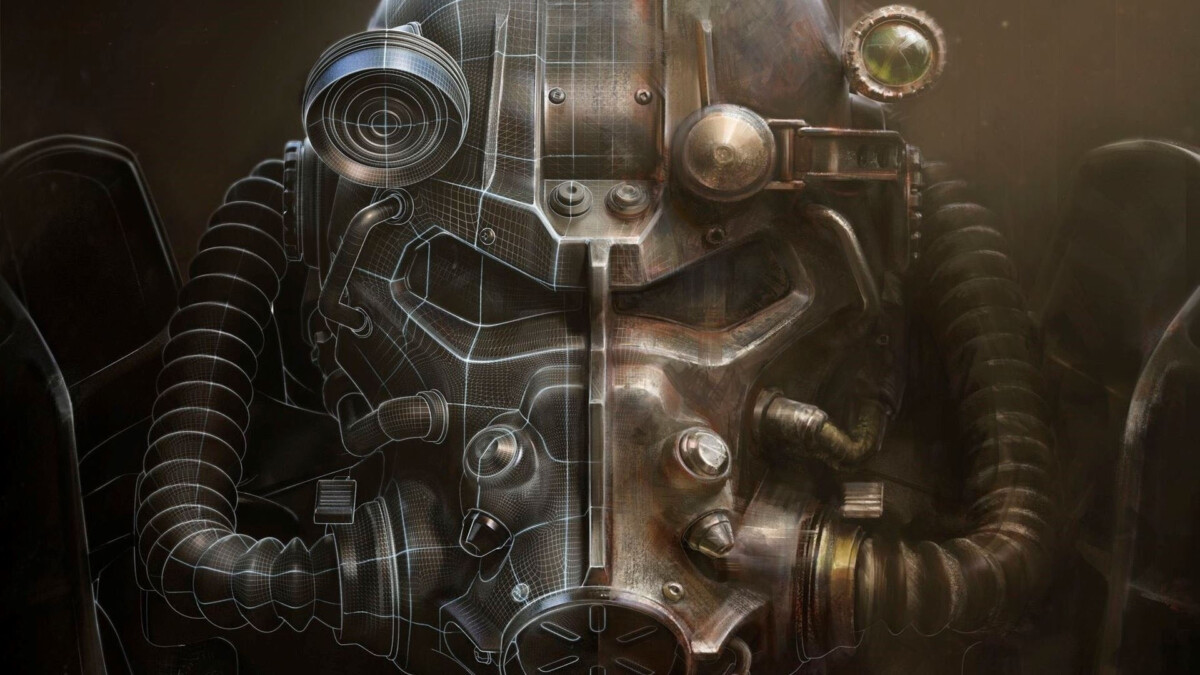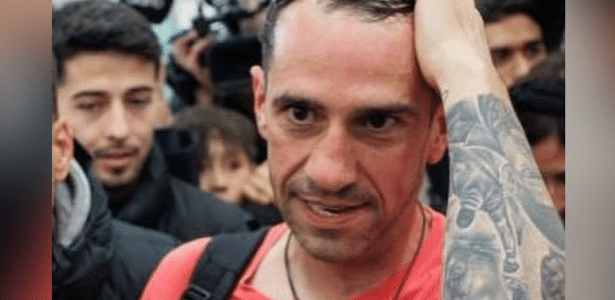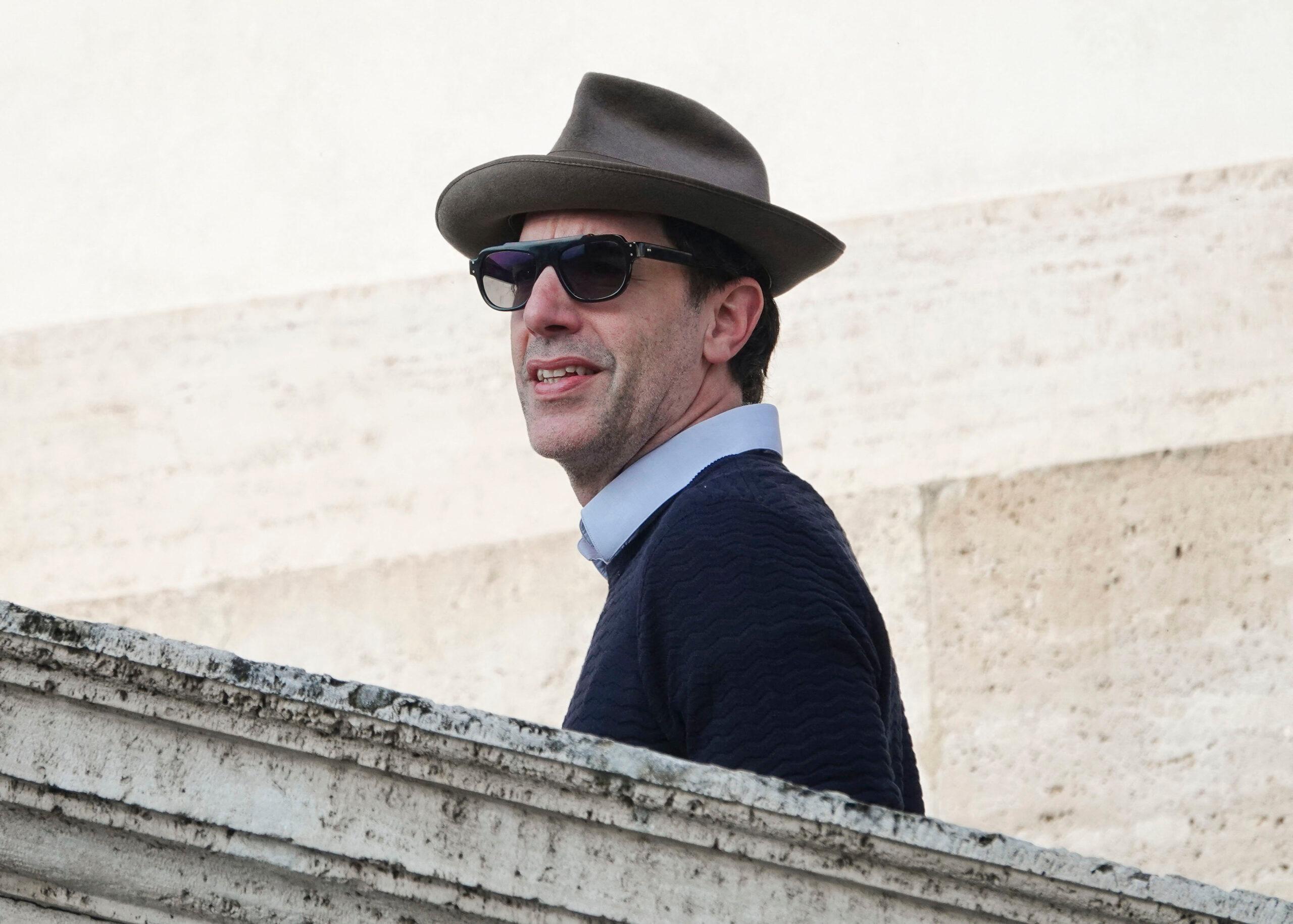In a remote valley in Iceland, there is a volcanic eruption that seems to have taken its last breath. The solid lava fronts are no longer moving, but they still expel gases that smell like burning rubber and make the throat burn. At night, a portion of the lava glows bright red. Ending a volcanic eruption is more complicated than it sounds, and volcanologists are reluctant to do so. This Icelandic valley is closest to the future of the Cabeza de Vaca volcano in La Palma, Spain. A lot of what happens here also in the Canary Islands will happen when the volcano stops spinning.
“The volcano never completely stops, it only sleeps between eruptions,” explains Icelandic geologist Ármann Höskuldsson, who has been studying eruptions in Iceland, a country 10 times smaller than Spain and with 130 volcanoes. His latest study subject is Fagradalsfjall, which erupted on March 19 and spewed lava for seven months in an uninhabited area an hour’s drive from the capital, Reykjavik.
The eruption stopped two weeks ago, but Höskuldsson asserts that beneath the tactile cold layers of black lava covering many valleys there could be high-temperature magma. “If the lava flows are red at night, that means the magma is about 600 degrees and that means it continues to flow under the outer crust,” he explains.
When can the eruption be considered over? “One indication we are looking for is sulfur release. Once it stops coming out that means there is no more magma left and the volcano is definitely erupting. In most cases, this usually happens a day or two after the volcano has stopped and there is no more smoke,” he says.
Volcanologist Helga Kristin Torvadottir, from the University of Iceland, has been analyzing the volcano’s eruption for months. “The solid lava acts as insulation for the interior, as if it were a furnace,” he explains. This often causes the molten lava to run rapidly inside until the interior of the lava stream is as empty as a tube. The same will happen in La Palma and the process is probably faster because the slope is much higher there. That is why walking on lava is very dangerous, even if it is hard and cold.”
It’s also a challenge to know how long the lava will take to cool, because many factors play a role. “When Holuhraun erupted in 2014, we saw that the lava flow was still at about 40 degrees a year after the end of the eruption,” details the scientist.
The peninsula where Fagradalsfjall is located is active after 700 years of dormancy and this means that there may have been a century or two of frequent eruptions. Lava from these volcanoes can destroy part of Reykjavik and other parts of the region. Early warning systems based on detecting earthquakes and ground deformation ensure that almost no one will die, but it is very likely that lava will wash away many buildings.
“I’m ready to leave the house in 15 minutes. I think most Icelanders are,” says Huskolson. His team estimated that over the past 1,100 years there have been more than 200 volcanic eruptions in Iceland, some of them so powerful that they caused massive famine in the country. Ash expelled by Laki between 1783 and 1784 caused climate change across Europe that destroyed crops for years. According to some experts, the food shortage caused by the volcano was the spark that started the French Revolution.
Of the 30 active volcanoes on the island, five are particularly dangerous. Most of it is buried under the ice of the country’s majestic glaciers. If they returned to activity, the high-temperature lava would set off massive eruptions that would cause floods of water and rocks that would destroy everything in their path.
Despite this, there is no law in Iceland that prohibits building on the slopes of the volcano, and Icelanders are proud of that. Of course we build our homes and buildings in volcanic areas. We decided to live here,” Huskolson highlights. “There was public insurance many years ago, so if you lose your home to a volcanic eruption, the state gives you another home,” says the geologist.
For now, scientists are using the volcano as an experiment. They are studying how long power and fiber optic cables buried in lava can hold, to calculate how much contact time they might have in the event of eruptions threatening populated areas. They also built ditches and dikes to contain the lava. Some were perfectly identified and standardized, others were improvised. The goal is to find out how much they contain or stop molten rock, which will depend on how long the authorities will have to react.
“Fagradalsfjall and Cabeza de Vaca belong to a well-known type of volcanic eruption,” explains Thorvaldur Thordarson, another veteran volcanologist at the University of Iceland. Thordarson has devoted his entire career to studying volcanic eruptions in Iceland, Hawaii (USA), New Zealand and other countries. “What the people of La Palma have to keep in mind for the future is that there will be new eruptions and the lava will move quickly because there are many slopes. There will be a loss of homes and infrastructure. The best way to deal with this problem is to find out as much as possible about this eruption. To try to understand the most likely places where there might be new revolutions in the future and plan to build the infrastructure accordingly. It is not about stopping them from building anywhere they want, but at least informing them of the risks, so that they are not surprised by a new outbreak. They know the risks and are afraid of their decision.
Since Fagradalsfjall fell asleep two weeks ago, thousands of small earthquakes have been detected northeast of the volcanic cones, near another dormant volcano, Keilir. It is something similar to what was discovered at La Palma with the seismic sequence in Fuencaliente, relatively far from the volcano’s mouths. There is a more disturbing fact. According to Icelandic volcanologists, the Fagradalsfjall eruption looks more like an eruption that lasted 150 years. It is possible that the volcano, which is now dormant, will wake up again and remain active for a very long time.
“It’s possible that the magma is trying to get out of there,” explains Elisabet Pálmadóttir, a volcanologist with the Icelandic Meteorological Agency’s monitoring system responsible for giving the first warning sign of new volcanic eruptions. “These are very deep earthquakes, about five kilometers away. That means they won’t emit tomorrow, but we’re watching them closely. It’s very likely that the volcano will spew lava again. It could leave the same place, or another place, or it could stop,” Add. Until the earthquakes stop and the sulfur stops appearing, the earthquakes will not be declared over, which in other explosions requires the opinion of an official committee of scientists and technicians.
Palmadotter faces the situation with the same resigned determination as his colleagues. “This is nature,” he says. We cannot control it. We decided to live near volcanoes because they help us a lot too. They gave us agriculture, tourism and the economy. The only thing we can do is accumulate as much knowledge and prepare as possible, but we won’t be able to prevent an eruption.
Participation Here To receive the daily newsletter from EL PAÍS Brasil: reports, analysis, exclusive interviews and key information for the day in your email, from Monday to Friday. Participation Also to receive our weekly newsletter on Saturday, with the highlights of the week’s coverage.

“Hardcore beer fanatic. Falls down a lot. Professional coffee fan. Music ninja.”






More Stories
Registration is now open for the third cycle of the Science for All Prize
Sonaka workers win improvements to their health plan
Science error? Why doesn't Villa play fully? Discussion columnists